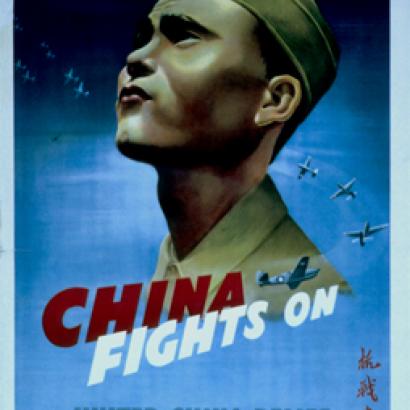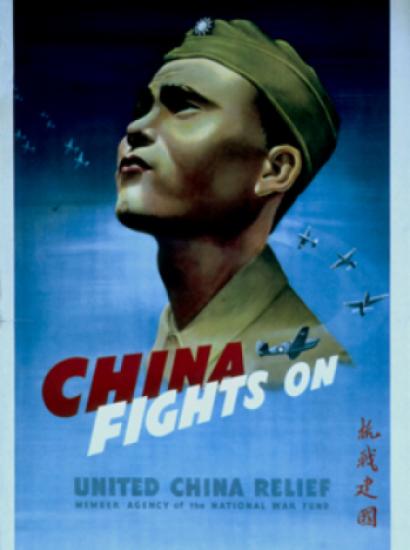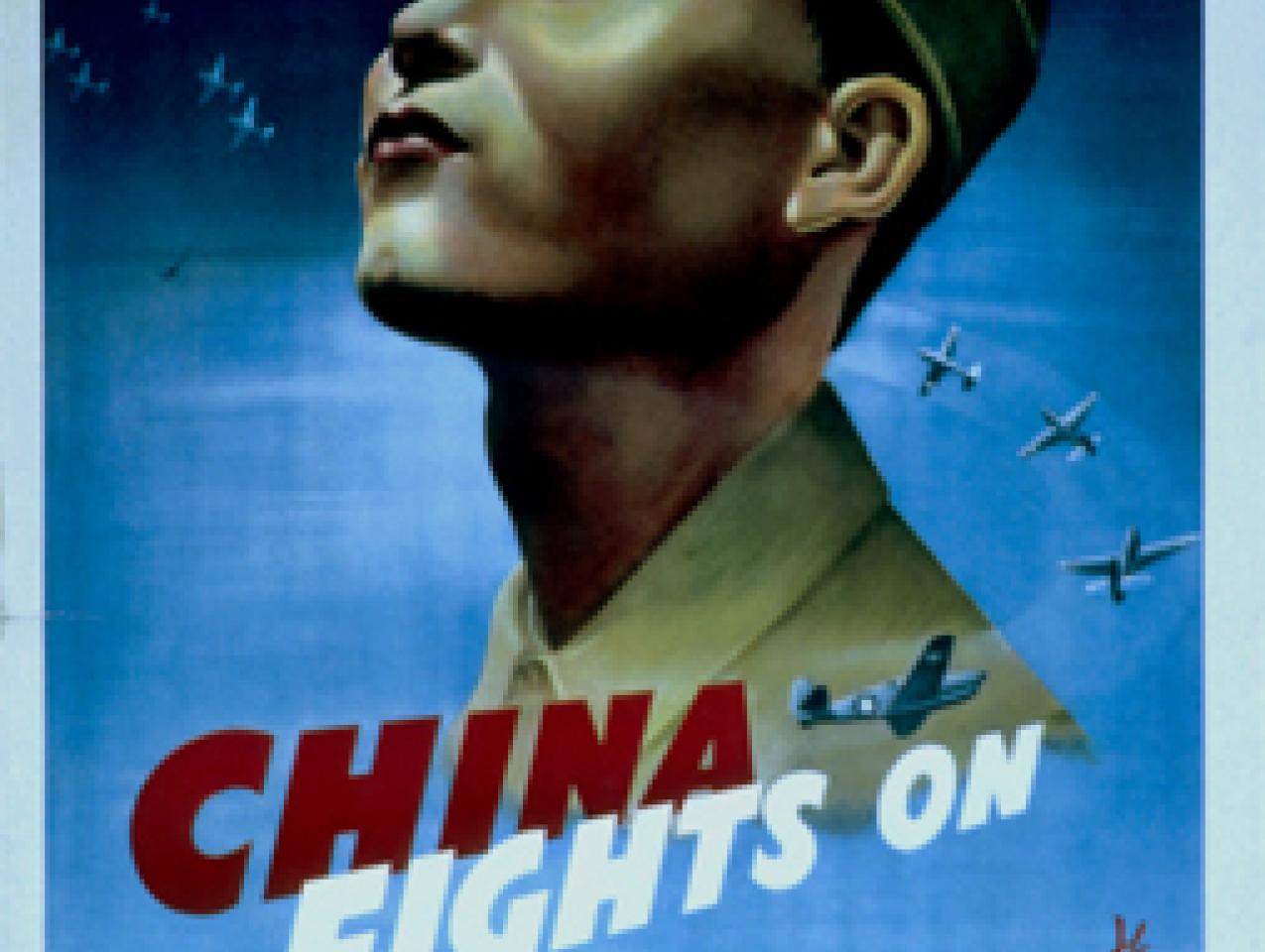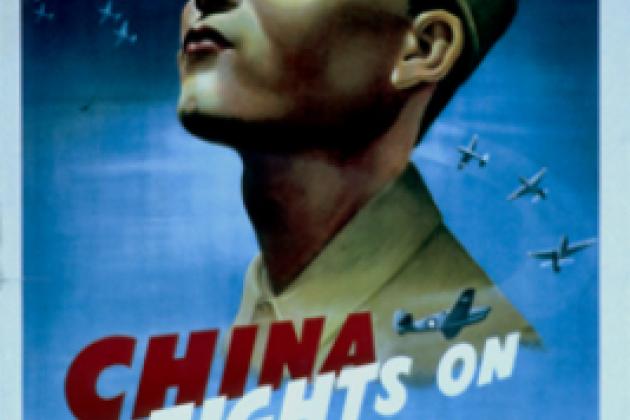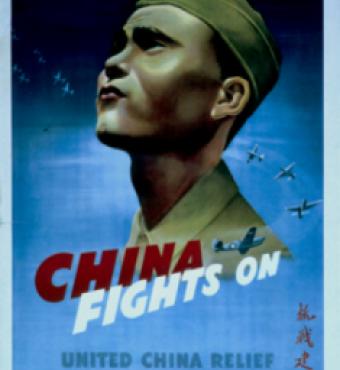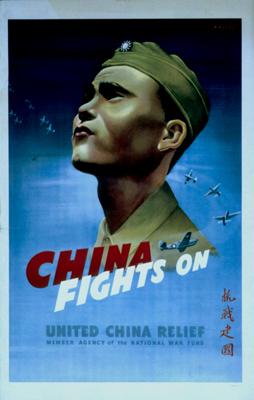- Security & Defense
- US Defense
- International Affairs
- US Foreign Policy
- History
- Military
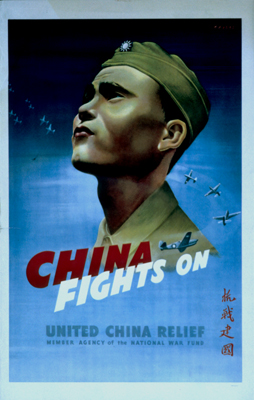
Today, China is having tense, and often explosive, territorial and maritime disputes with many of its neighbors including Japan, Taiwan, Vietnam, and India. The threats of wars are routinely reported in the news.
No news is more ominous in recent weeks than the news that Moscow and Beijing are getting closer in East Asia on war and peace. History has shown that in the Beijing-Moscow-Washington triangular relationship, before a major military action is taken, China plays the Russia card and the U.S. card adroitly––either to prevent a joint Washington-Moscow retaliation against China’s aggression in the region, or to use one superpower to prohibit the other from intervening in China’s planned military actions.
Since the end of World War II, no country has waged more wars against its neighbors than China. And China has waged these wars always with a masterful play of either the Russia card or the U.S. card.
The Korean War and the French Indochina war in the early 1950s were the hottest wars in the unfolding Cold War in Asia, pitting the USSR-led communist bloc against the U.S.-led free world. China was a most enthusiastic player in both conflicts in order to eradicate the influence of the American-led bourgeois world order in the Asia-Pacific, where China wished to establish its dominant role as the giant Asian communist hegemon, taking lead in making revolutions across the region.
After Stalin’s death in 1953, the new Soviet leader Nikita Khrushchev embraced President Eisenhower’s call for peaceful co-existence. But China viewed the thawing of the relationship between Moscow and Washington as a mortal threat to its regional ambition. Beijing responded with the creation in 1954 and 1958 of the Taiwan Straits Crises in a cynical attempt to trigger the Soviet Union and the United States into a general war, potentially nuclear. When Khrushchev didn’t take Mao Zedong’s bait, Beijing openly split with Moscow over Khrushchev’s purported revisionism of Marxism-Leninism by going soft on the U.S.
When the Soviet Union and the United States turned up the hostility dial again, during the Kennedy Administration, China struck a quid pro quo deal with Khrushchev, who badly needed China’s support in the upcoming Cuban Missile Crisis—China would support Khrushchev’s tough stand in Cuba against the U.S. in exchange for the Soviet Union’s support for China’s plan to invade India. China launched the invasion into Indian-held territories, triggering a major border war, almost at the same time as the Cuban Missile Crisis, when the world was not watching the military actions in the Himalayan border region between the two Asian giants. When the Cuban Missile Crisis was over, China blasted Khrushchev’s “capitulation” to Washington, and Khrushchev fired back by condemning China’s aggression in India and resumed delivering MiG-21 jet fighters to New Delhi. When Washington and Moscow both showed signs of support for India, China panicked and promptly withdrew from India, as a U.S.-Russia joint backing of any of China’s neighbors is a nightmare for Beijing.
The 1969 Chinese-Soviet border war prompted Beijing to play the U.S. card, which ultimately led to Richard Nixon’s visit to China in 1972, a pivotal move that has established the basic framework of the U.S.-China bilateral relationship for the last five decades, a framework that is nonetheless based on obsolete Cold War anti-Soviet expediency.
During America’s long war in Vietnam, both Moscow and Beijing supported Hanoi. But in the competition to win over Hanoi, China lost to the Soviet Union, which turned Beijing hostile to Hanoi for its “perfidy” and ingratitude. After Soviet-backed Vietnam overthrew the Chinese-backed, murderous Khmer Rouge regime in Cambodia, China launched a large-scale war of invasion against Vietnam in February 1979.
China was able to invade Vietnam in 1979 without triggering a Soviet intervention only after Beijing adroitly played the U.S. card weeks before the invasion, when Deng Xiaoping visited the United States and the anti-Soviet zealots in the White House gave acquiescence, if not outright support, to China’s invasion plan. Had the U.S. and the Soviet Union stood together in opposing China’s gambit, such an invasion would not have happened.
Realizing this pattern of China’s strategic culture is crucial to maintaining peace and stability in the Asia-Pacific today, as China is far less likely to wage another war against one of its many neighbors that Beijing dislikes, without neutralizing or allying with either Moscow or Washington first in order to prevent China’s worse nightmare––a Moscow-Washington consensus against China’s military actions in the region.
It is therefore vital for the United States to work with Russia on war and peace in Asia because the best way to stop China’s aggression is for the U.S. and Russia to improve their bilateral relationship. Russia has had long-standing allies in the region as well, especially Vietnam and India, both under Chinese threat. And Moscow has a strong interest in improving its relationship with Japan as well. Washington should abandon its Cold War mentality that regards Moscow as the one and only sovereign threat. The new world order has a new common threat to world peace.







